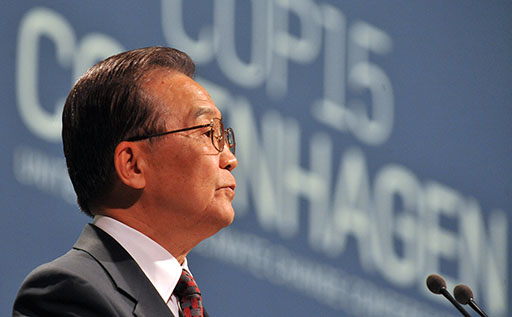5.5 Resolving climate change

So far you have examined problems from the point of view of China or the United States. In the cases outlined, the benefits or costs were largely felt by either the United States or China. However, in an increasingly interconnected world, fewer and fewer problems are contained within the states involved. Many are global in nature and require multilateral negotiations to address them. One of the key global problems is the issue of man-made climate change.
One of the key difficulties in reaching a global agreement to tackle climate change is the economic conflict between China and the United States. Emissions of carbon dioxide (CO2) are considered to be one of the major causes of climate change. China and the United States are the two states that produce the largest amount of CO2 in the atmosphere. For both states, cuts in CO2 emissions involve costs of either closing or reforming industries to limit emissions. The damage to their economies might be significant (at least in the short run).
International negotiations around climate change, centred on the United Nations, involve a huge number of countries and other actors. However, the difficulty of resolving the core dispute between China and the United States affects the whole global process of negotiation.

For example, in 2009 the Copenhagen Summit (known as COP15) attempted to extend cooperation on climate change. This time the United States was in favour of a new agreement but only if it included China. China, together with many developing countries, argued that they shouldn’t be subject to the same commitments as the richer countries. Chinese Prime Minister Wen Jiabao refused to enter the negotiations directly.
This is how The Guardian newspaper reported on the conference:
China's primary goal in the conference: to block any proposal that threatened its capacity to expand. Negotiators played the conference like a football team intent on a 0–0 draw. Their strategy was defensive, their tactics were tough and their tackling of opponents occasionally brutal …With the support of other emerging economies – India, Brazil and South America – they shot down all attempts to make emissions cuts legally binding or to set long–term goals for reducing greenhouse gases.
Progress was eventually made, for instance at the Durban summit of 2011, where China and the United States agreed to further negotiations, leading eventually to a new climate change agreement at Paris in 2015. Other multilateral issues like trade and nuclear proliferation are also affected by the tone of China-United States relations: conflict between these two key players has the ability to affect prospects for wider cooperation in the international system.
